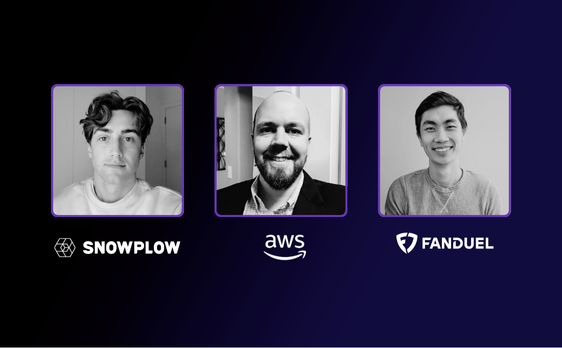Connecting Kafka to machine learning models requires careful consideration of latency, scalability, and data consistency requirements.
Kafka Streams integration:
- Use Kafka Streams for real-time stream processing that directly feeds Kafka topics to downstream ML models
- Implement real-time feature engineering and data preparation within the streaming pipeline
- Enable immediate model inference and prediction serving
Microservices architecture:
- Set up microservices that consume Kafka events and use AI/ML frameworks like TensorFlow or PyTorch
- Implement containerized model serving for scalability and isolation
- Use API gateways and load balancers for reliable model access
ML platform integration:
- Leverage integrations between Kafka and platforms like Databricks, MLflow, or Kubeflow
- Seamlessly connect event streams to machine learning model training and serving infrastructure
- Implement MLOps practices for model versioning, monitoring, and deployment
These patterns enable real-time AI applications powered by Snowplow's behavioral data streams.



.png)
.png)
.avif)
